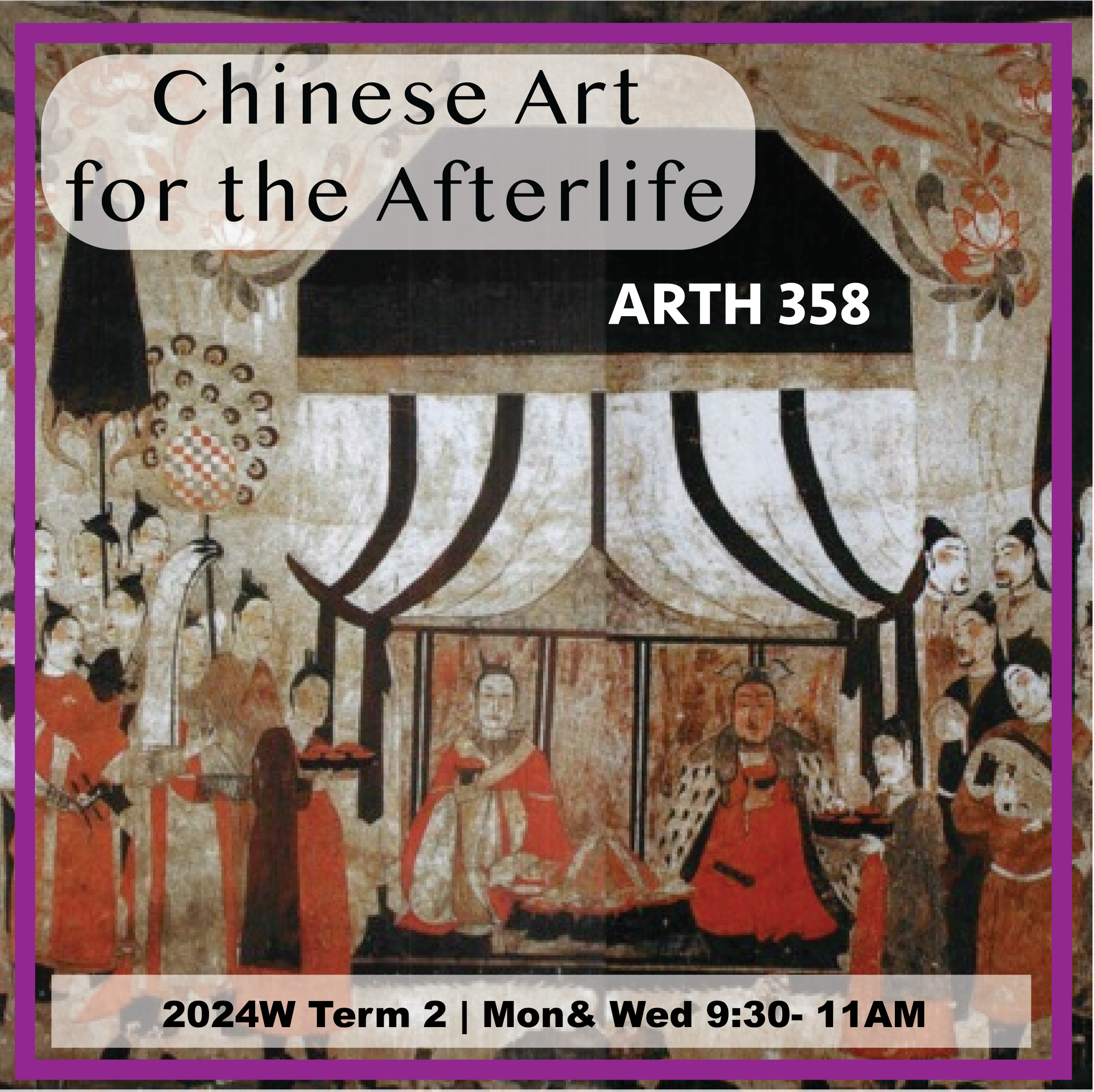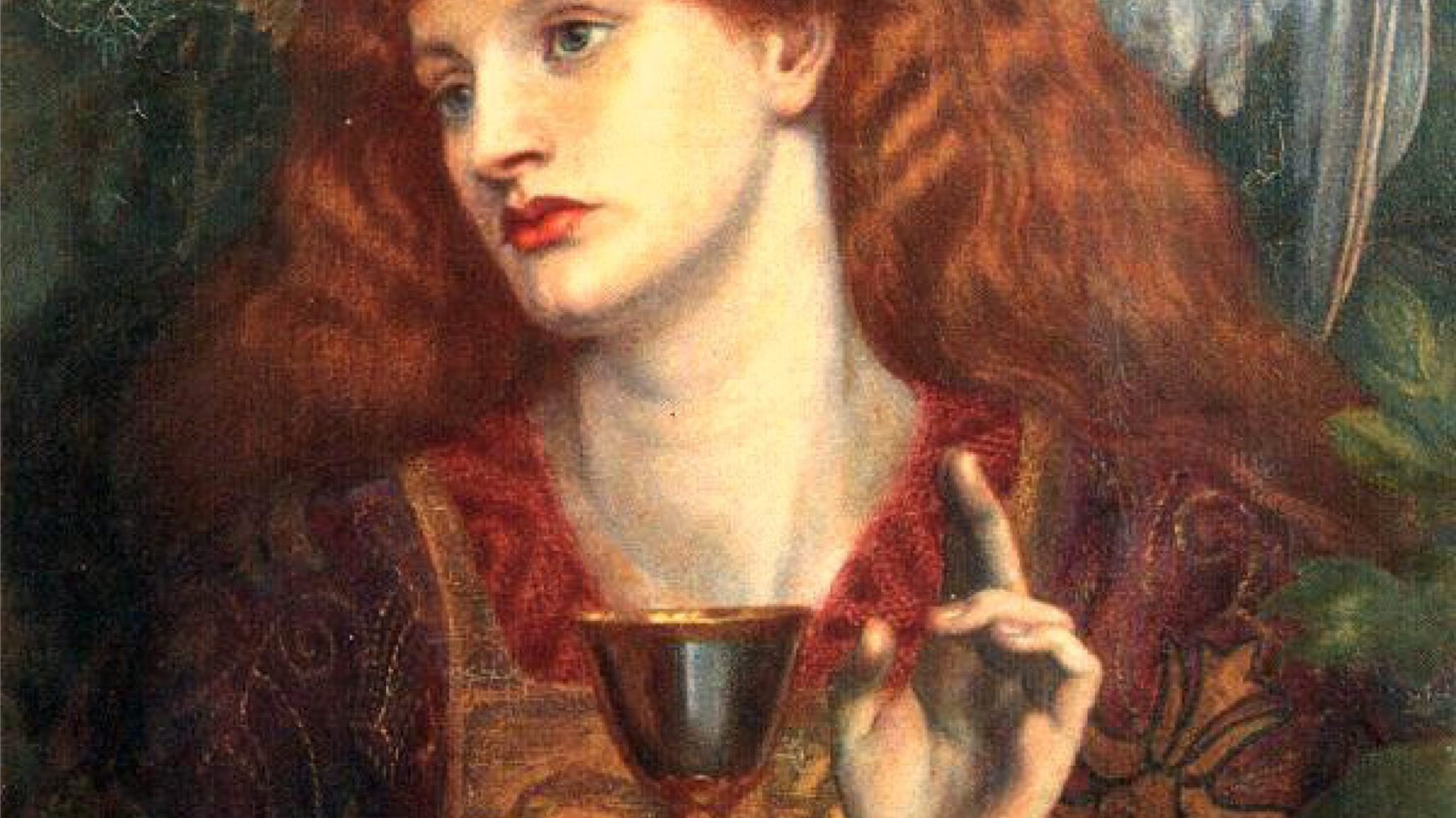

Tombs are not only one of the most important repositories for art objects and artifacts brought above ground during excavations, including jades, bronzes, stone carvings, figurines and sculpture, ceramics, paintings and murals, lacquer objects, miniature architecture and furniture. Tombs are also architectural structures that integrate these images and objects into a whole to create multilayered meanings and functions: tombs are spaces of transformation and for ritual, liminal zones between the worlds of the living and the dead, and they envision the afterlife while also providing clues about the occupants’ life and ambitions. In this course we will study tombs from the Neolithic period to the Yuan dynasty with a focus on the period between the 2nd and the 14th century to examine their artistic, religious, and social significance.


